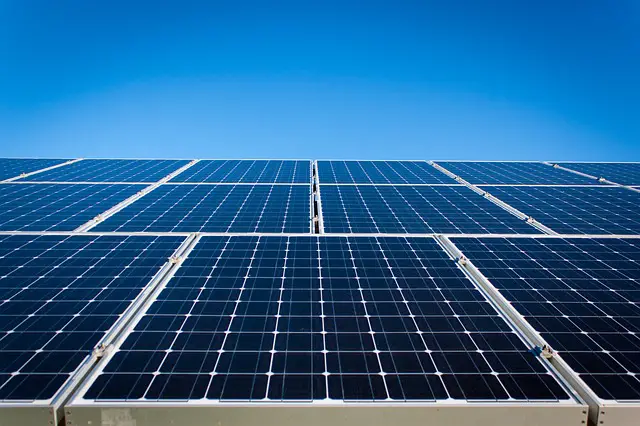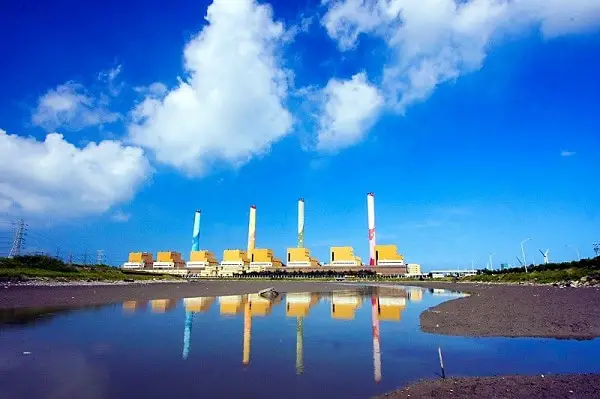Wanna know what is the primary difference between renewable and nonrenewable resources? If yes, then you are at the right place at the very right time…!!! The primary difference between renewable and nonrenewable energy resources is that the former is renewed or restored by nature over some time.
On the other hand, the latter does not get renewed or restored by nature. In any case, if the latter is renewed by nature, it would take thousands or millions of years to be fully renewed or restored by nature itself.
In this exclusive article, we will talk about renewable and nonrenewable resources differences. Not to mention, we will also talk about some of the similarities between them. But, before going ahead, let me give you a short and crisp review of the two in a tabular form. Let’s dive right in…!!!
Renewable vs Nonrenewable Resources
| Renewable Resources | Nonrenewable Resources | |
| 1. | Renewable resources can be renewed or restored over time. | Nonrenewable resources cannot be renewed or restored over time. |
| 2. | They are abundant in nature. | They are not abundant in nature. |
| 3. | They are environmentally friendly. | On the other hand, they are hazardous to nature. |
| 4. | Renewable energy resources are not efficient in producing energy on a large scale. | Nonrenewable energy resources are better and can produce lots of energy in a short amount of time. |
| 5. | Upfront and installation cost is high. | Upfront and installation cost is low. |
| 6. | Renewable energy resources require a large area to function properly. | Non-renewable energy resources require areas smaller than renewable energy resources to function properly. |
| 7. | Examples of renewable resources include solar energy, geothermal, water, wind energy, etc. | Examples of nonrenewable resources include coal, petroleum products such as diesel, petrol, natural gas, etc. |
Before we jump into the concept of renewable and nonrenewable resources, it is important to know the meaning of natural resources. Well, what are natural resources anyway? Natural resources are the things that are provided by nature for the use of human beings.
Can we have some examples of natural resources in real-time? Sure, our Earth’s natural resources include air, water, light, plants, animals, soils, rocks, minerals, and fossil fuels. The presence of these components thus makes our planet habitable.
People on Earth uses some of these natural resources to live while other resources are being used to produce energy which can further make our life more comfortable. The natural resources used to generate energy are broadly classified into two main categories. These are renewable and nonrenewable energy resources.
Editor’s Choice: Top 6 Different Forms of Energy with Their Examples (All New)
What are Renewable Resources?

Renewable Energy is a type of energy derived from inexhaustible resources. The word ‘inexhaustible’ signifies that they can be replenished by nature in a short period of time. Examples of renewable resources include water, plants, animals, solar energy, geothermal, and wind energy.
Editor’s Choice: Examples of Renewable Resources – Top 6
Advantages of Renewable Resources
There can be so many advantages of renewable resources. Some of them are listed below:
- Renewable energy resources are renewed by nature over time.
- They are abundant in nature.
- They are environment friendly, etc.
Disadvantages of Renewable Resources
Some of the disadvantages of renewable resources are:
- Renewable energy resources require a large area to function properly.
- Renewable energy resources are not efficient in producing energy on a large scale.
- Upfront and installation cost is high.
Editor’s Choice: Top 6 Primary Sources of Electricity Generation in the World
What are Nonrenewable Resources?

By definition, Nonrenewable energy resources are another type derived from natural resources which cannot be replenished. Coal, petroleum, natural gases, nuclear energy are some of the finest examples of non-renewable resources.
Editor’s Choice: Why my Top 6 Nuclear Energy Facts are BETTER than Yours?
Advantages of Nonrenewable Resources
There can be so many advantages of nonrenewable resources. Some of them are listed below:
- Upfront and installation cost is low.
- Non-renewable energy resources require areas smaller than renewable energy resources to function properly.
- Output efficiency of nonrenewable energy resources is better and has the ability to produce lots of energy in a short amount of time.
Disadvantages of Nonrenewable Resources
Some of the disadvantages of nonrenewable resources are:
- Nonrenewable energy resources cannot be renewed or restored over time.
- They are not abundant in nature.
- They are hazardous to the environment, etc.
Editor’s Choice: Top 6 Sources of Mechanical Energy You Should Know
How do we produce energy from these two resources?
This is an interesting question. To answer these questions, let’s take a look at some of the ways by which renewable and nonrenewable resources help us to extract energy out of it.
Case 1
In the case of renewable resources, energy can be harnessed directly from the sun. So, does it mean that during night and cloudy weather, we can harness this energy? Probably, the answer is no.
Fortunately, our science and technology have allowed us to make some electronic devices known as solar cells which can convert sunlight directly into electricity. Nowadays, you must have seen semi-transparent panels that are installed on houses and in calculators.
Caes 2
Conversely, in the case of non-renewable resources, Uranium-235, a radioactive element is used as a natural resource. It undergoes radioactive decay and releases an enormous amount of heat. The heat is then used to create steam which in turn is utilized to rotate the turbine in a generator.
This is how electricity is produced using nuclear energy. The radioactive byproducts produced during the process are hazardous waste that should be disposed of carefully.
That’s it for this post. If you like this article, share it if you like, like it if you share it. You can also find us on Mix, Twitter, Pinterest, and Facebook. Hey man, If you have come this far, do give us feedback in the comment section. It would make my day. You can also make a donation. Your donations will help us to run our website and serve you BETTER. Cheers!!!
You might also like:
- Examples of Geothermal Energy in Daily Life – Top 6
- Common Uses of Wind Energy in Daily Life – Top 6
- Common Uses of Solar Energy in Daily Life – Top 6
- Advantages of Geothermal Energy – Top 6 (Latest)
- What are the Disadvantages of Geothermal Energy? – Top 6
- Top 6 Disadvantages of Solar Energy (Explained)
- Top 6 Advantages of Solar Energy in SIX Minutes
- Why my Top 6 Advantages of Nuclear Energy are BETTER than Yours?
- What are the Advantages of Hydropower – Top 6
